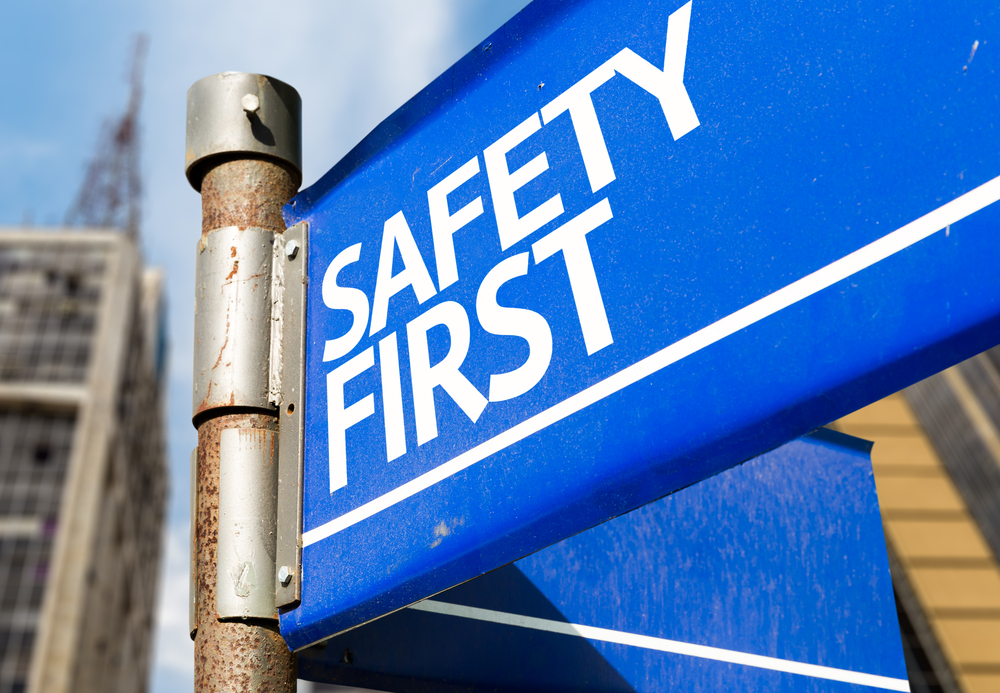
Senior leaders tend to look for a mythical “silver bullet” to improve the effectiveness of their Safety Program. What they don’t realize is that they can be the catalyst for change as the key safety champions in the company. By setting the proper tone at the top, senior leaders can establish safety as a priority for managers across the company. Employees look to managers for leadership and guidance.
Front-line supervisors rely on managers to provide safety training, enforce safety rules, and help monitor employee performance. All of these tips encourage creating a culture of workplace safety, that must be upheld and re-evaluated periodically in order to reduce the risk of injuries in the long-term.
It’s a big responsibility, but these ten simple, easy-to-implement suggestions can help.
- Encourage Managers To Be Hazard Detectives
Encourage your managers to take a few minutes every day to conduct a walk-through of the work areas they supervise. Have them watch employees working too. Make sure they’re wearing Proper Protective Equipment (PPE) and following safety procedures.
- Emphasize Safety Training
Emphasize hazards and accident prevention during new employee orientation, and follow through in weekly safety meetings, informal toolbox talks, and required training sessions. Update your safety outline and share it with your employees. From new hires to tenured veterans of the company, all employees need to be aware of new safety goals. Ensure streamlined communication is in place to do this effectively.
- Analyze Jobs for Safety’s Sake
Your managers should know each job in their department so well, that they can spot potential hazards. If a different method will eliminate a hazard, introduce it.
- Communicate Frequently
Your managers should talk to their people about safety at every opportunity. Provide lots of feedback. Praise safe performance, correct unsafe behavior, and point out areas for improvement. Listen to employee’s concerns, no safety concern is too small to warrant an investigation. Getting your team to report specific behaviors, using a “see something, say something” approach is best.
- Team Up for Problem Solving
Set up employee teams to solve safety problems. Being part of a safety team makes members feel that they share responsibility for workplace safety.
- Watch for Changing Attitudes
If managers notice employees getting sloppy, careless, or taking risks, they must put a stop to it right away. They should talk one-on-one with the individuals involved and use the situation as a training opportunity to provide additional information or improve skills.
- Make Safety Equipment and Information Easily Accessible
Distribute pamphlets and post signage to remind employees of their responsibilities. Keep PPE well stocked, organized, and easily accessible, to all employees.
- Demand Accountability
Managers must enforce safety standards uniformly and consistently. They can’t allow some employees to bend the rules and expect to enforce them with the rest of their staff. They need to explain why it’s wrong and how to do it right.
- Reward Safe Behavior
Employees want approval and recognition. When they follow safe work practices or make safety suggestions, your managers need to let them know they’re pleased and grateful.
- Create a “Zero-Harm” Culture
Finally, develop and communicate a safety culture in your company in which employees do the safe thing not because they have to, but because they want to. Help employees see the value in making the safe decisions. Remind them of how many safety-related decisions they make every day, and of how one bad decision is all it takes to get hurt.
Managing human capital risk can be challenging for any size organization and requires a clear and consistent approach.
The Safety Program should provide senior leadership with a thorough understanding of their unique situation and address the following issues:
- Establishing an OH&S policy and Safety Charter for the Organization;
- Understanding the overall risk management framework and aligning the Safety Program to be supportive of it;
- Identifying hazards, performing a risk assessment and determining proper controls;
- Identifying and maintaining compliance with various legal and OH&S requirements;
- Developing measurable Program objectives and KPIs across the organization;
- Assessing training needs and development programs to address opportunities for improvement;
- Communicating the Safety Program and on-going results across the organization;
- Establishing a robust accident/incident investigation process;
- Identifying and assessing operational controls to minimize risk profile and increase risk management awareness in operations;
- Establishing protocols for addressing noncompliance, corrective action and preventive action;
- Top management review of the Safety Program at planned intervals;
- The developing hard market for Workers Compensation has companies struggling to keep their renewal premiums from skyrocketing and proper safety management can have a significant impact on your premiums.
If you need more information on any of the topics covered in this blog, or need help addressing any risk related issues, please contact Albert Sica, Managing Principal at 732.395.4251 or asica@thealsgroup.com.

)